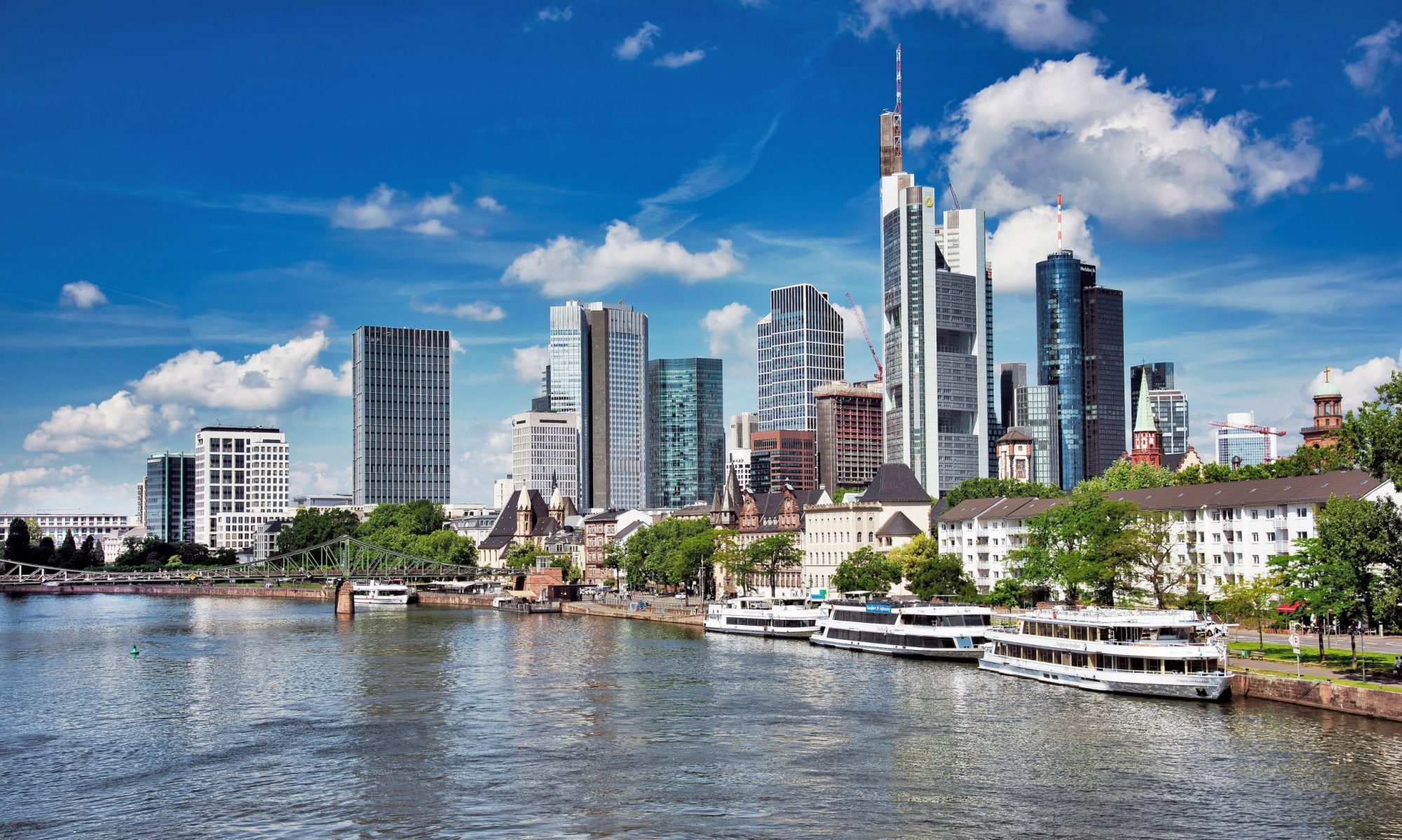Switzerland, Asset Management, Real Estate Investments, and Mumbai. Markus Hill spoke to Ravikant Susarla of Seraina Invest AG on behalf of FINANZPLATZ FRANKFURT AM MAIN about the challenges facing a Swiss Asset Manager investing in real estate development in India. Using Mumbai as a prime example of a market for luxury real estate, topics such as risk management, the importance of local networking and expertise, the competitive environment, and “cultural fit” are discussed. All of these factors play an important role in the initial design and current investment decisions of the real estate fund.
Hill: You live in Germany but are Indian and work for a Swiss company that deals with real estate investments in India?
Susarla: I grew up in Mumbai, India, and studied Business and Economics there. In my professional life, I have been closely associated with start-up operations in diverse industries. This helps me to develop an umbrella perspective of different types of business. Over the past several years, I have been associated with real estate investments. I work for a Swiss real estate fund that invests in the development of high-quality residences and office space in India. Currently, we are focused on Mumbai.

To effectively manage risks associated with real estate development, closely monitor the quality of development, and differentiate ourselves from the competition, we manage the entire lifecycle of the investments in-house. Lifecycle meaning: scouting for investment opportunities, conducting due diligence, capital deployment, development, construction, sales, and finally the exit. With a “boots-on-the-ground and ears-to-the-market” business philosophy, I am closely associated with our operations in Mumbai. We have an office and a highly qualified development team of 14 colleagues in Mumbai, but we are also open to collaborating with domestic third-party, like-minded partners. India is a highly competitive market with capable local players. As an European investor, it is not easy to enter the Indian real estate market and develop a robust business model. We believe that we have successfully managed both.
Hill: What led the fund to launch in Mumbai? Is this your core market?
Susarla: India is a very diverse land; every region and city in India is a country within a country. Identifying where one would invest in India is similar to identifying an investment opportunity in Europe, i.e., which country, which region, and which city? This diversity is often underestimated by foreign investors entering the Indian market. Further, Real estate is a very local/domestic business. One has to navigate the local regulations, building norms, understand the local population’s live work, social life, spending habits, aspirations, and no-goes. Understanding the diversity and complexity of India led us to the decision to launch and focus on just one city – a city that would match our expectations and also one that would have a high acceptance for our design, development, and professional nature of conducting business. As a foreign investor, this was the first line of reasoning we used to find a “cultural fit” for our Swiss brand. We adapted to the uniqueness of the Indian market and chose to launch with Mumbai as our core market.
Hill: What, according to you, is the story of Mumbai’s Urban Development?
Susarla: Mumbai is a very multicultural city with a population of 21,7-mn million residents (UN World Urbanisation prospects). If I have to explain Mumbai’s importance within India, I would probably compare Mumbai’s position in India to London/New York/Singapore, or Dubai’s role in the world. Mumbai, as a city, has always been prosperous. It is the centre of India’s corporate world, financial sector, Bollywood, a seaport and airport city with skyscrapers and a great social life. If India has to grow by 7% annually, Mumbai has to prosper at least twice as much, at 15%. If I can summarize the Mumbai Urban development story in just one word, that is “Upgrade” – an Upgrade of massive proportions. Whether it’s a USD 70-bn infrastructure upgrade – Metro-lines, high-speed train connection, roads, bridges, a new airport, a new sea-port, or a real estate upgrade (including residential buildings, offices, malls, entertainment centers), everything is being upgraded to meet the ambition of a new India. There is even a much bigger growth story in the waiting with the expansion of the city’s administrative limits (under MMRDA) to a larger Greater Mumbai. There has always been wealth in Mumbai; what is happening now is that infrastructure, urban development, and real estate development are highly organised and professional. There is an unmet demand for high-quality real estate of all types. In FY 2024, Mumbai’s luxury segment grew by 17%, consistently the highest of any city in India. This demand has been pent for decades, it stems from a deep desire of Mumbaites to “Upgrade” to international standards.
Hill: From a foreign investor’s perspective, what are the important regulatory aspects of the Mumbai real estate market?
Susarla: The development (and redevelopment) norms in Mumbai are quite transparent & streamlined. Many cities in India try to emulate the Mumbai model. There are Real Estate-consumer specific protections such as RERA (Real Estate Regulation and Development Act), which has built huge trust in the market. The law is strict regarding compliance and adherence to norms by developers and protects consumers. Project developers must register projects with RERA and provide accurate disclosures about project status, finances, and timelines. A variety of investor protection laws, such as the Insolvency and Bankruptcy Code (IBC) and the Securitization and Reconstruction of Financial Assets and Enforcement of Security Interest Act (SARFAESI), have played a vital role in securing an investor’s legitimate rights. All these measures collectively aim to foster investor confidence in India’s real estate market by ensuring fairness and minimizing risks.
Hill: What are the commercial reasons for being in Mumbai?

Susarla: In terms of work culture, Mumbai has a great work ethic, which is professional, progressive, and entrepreneurial. Add to this a deep existing pool of young, qualified, and ambitious workforce, it’s an ideal city for a foreign company to launch its business. On the market aspect; just to give you an idea of the buying capacity of the market based on income levels – according to a Knight Frank Wealth Report- the number of Indian ultra-HNIs is expected to rise to 19,908 by 2028 vs 13,263 in 2023, a 50.1%growth – which is the highest growth in the number of ultra-HNIs for any country. Mumbai is the largest residential market in terms of residential sales value, it contributes ~35%-40% to the total residential sales value in India. Mumbai is also the epicentre of ultra-luxury homes. Mumbai accounted for 84% of ultra-luxury property sales in 2024.
The Mumbai upgrade story for us is a huge opportunity to grow in the aspirational and premium segments, and this growth story is likely to be carried into the decades ahead. To summarize, Swiss precision made for a dynamic market in India.
Hill: You have detailed Mumbai as a potential market for real estate investments. What are the key features of your fund?
Susarla: Launched in 2019, the India Real Estate Opportunity Fund (RAIF, LUX SICAV) is the main focus of Seraina Invest’s commitment to India. The fund is explicitly aimed at institutional investors from Switzerland and is supported by leading partners such as Waystone (AIFM) and APEX GROUP (custodian bank). The portfolio currently comprises three high-potential projects in Mumbai with USD 100 million assets under management. The target return is 15% p.a. in US dollars, and currency risk against the Indian rupee is fully hedged. In 2024, the fund achieved a performance of 13.5%.
Hill: Thank you very much for the interview.
FINANZPLATZ FRANKFURT AM MAIN auf LINKEDIN – KANAL
FINANZPLATZ FRANKFURT AM MAIN auf LINKEDIN – GRUPPE
FONDSBOUTIQUEN auf LINKEDIN – KANAL
Foto: Pixabay


